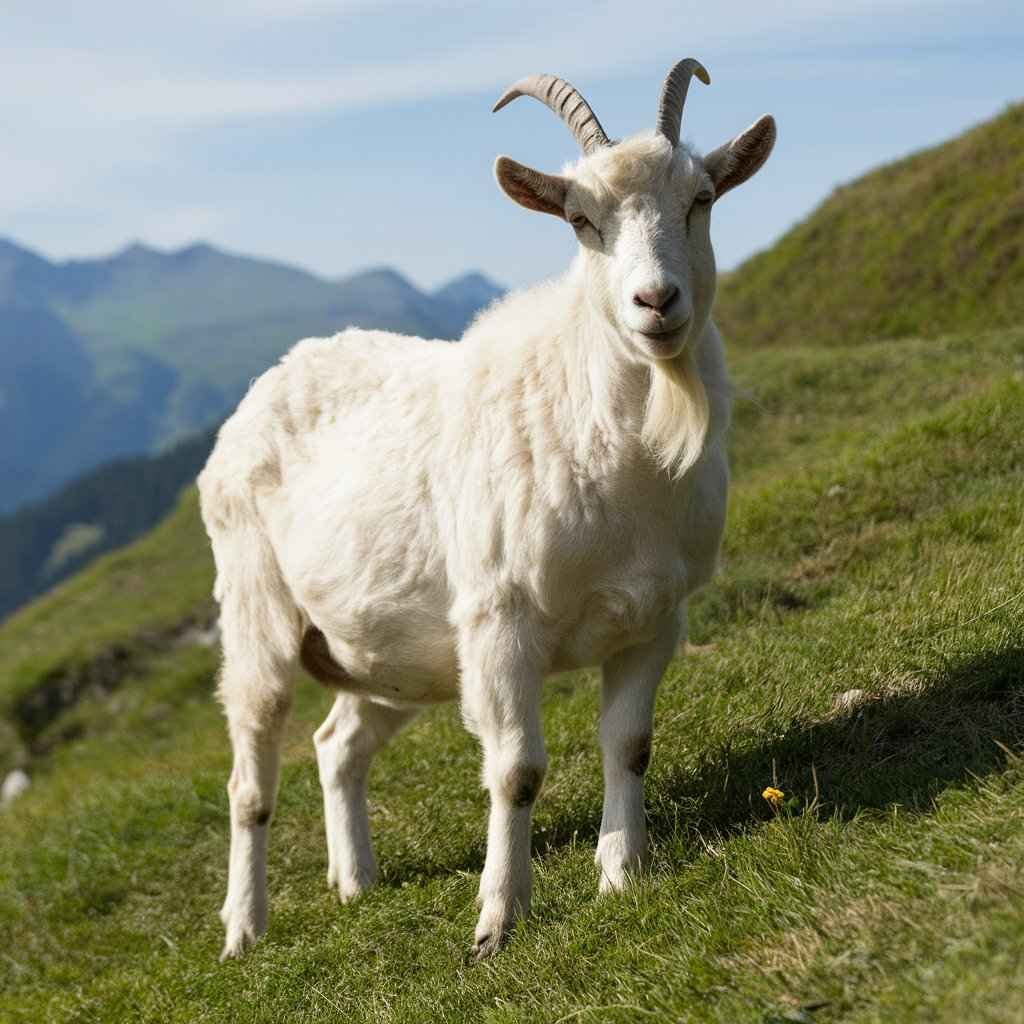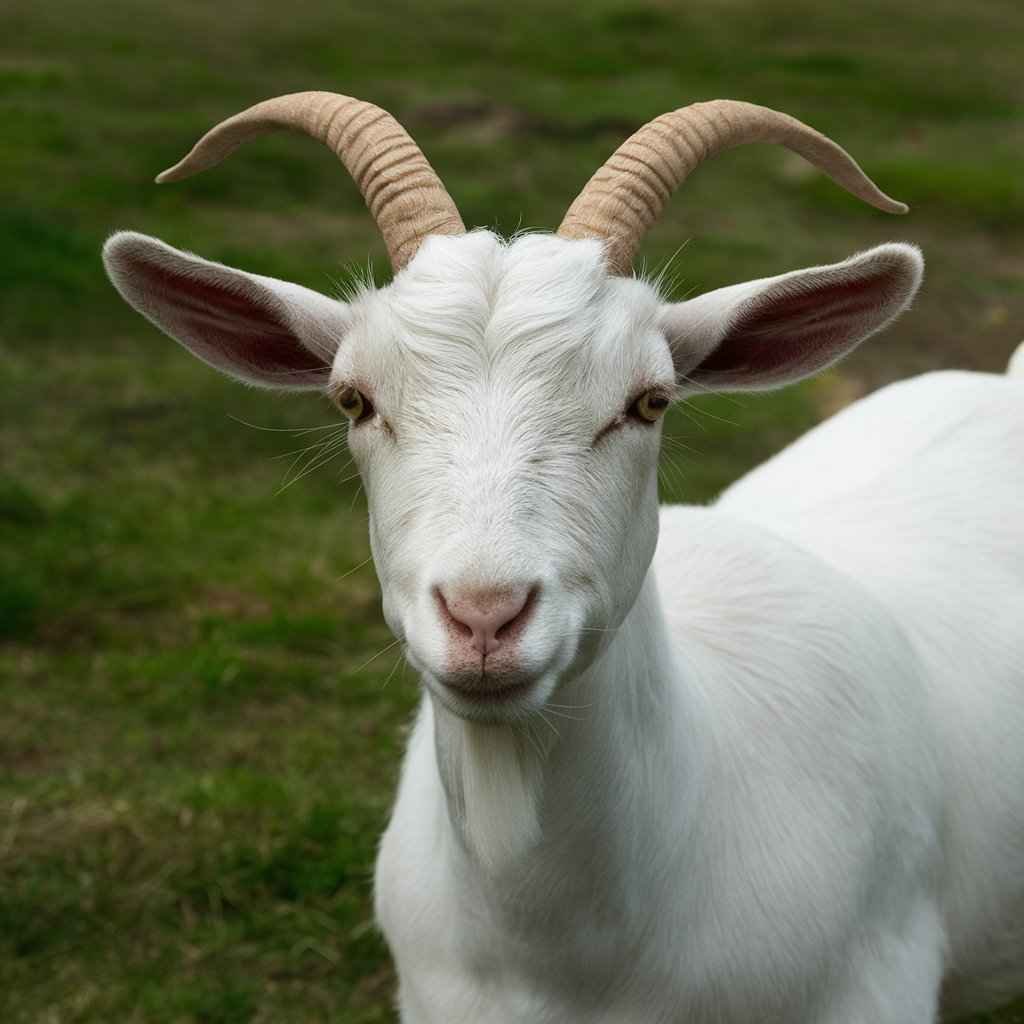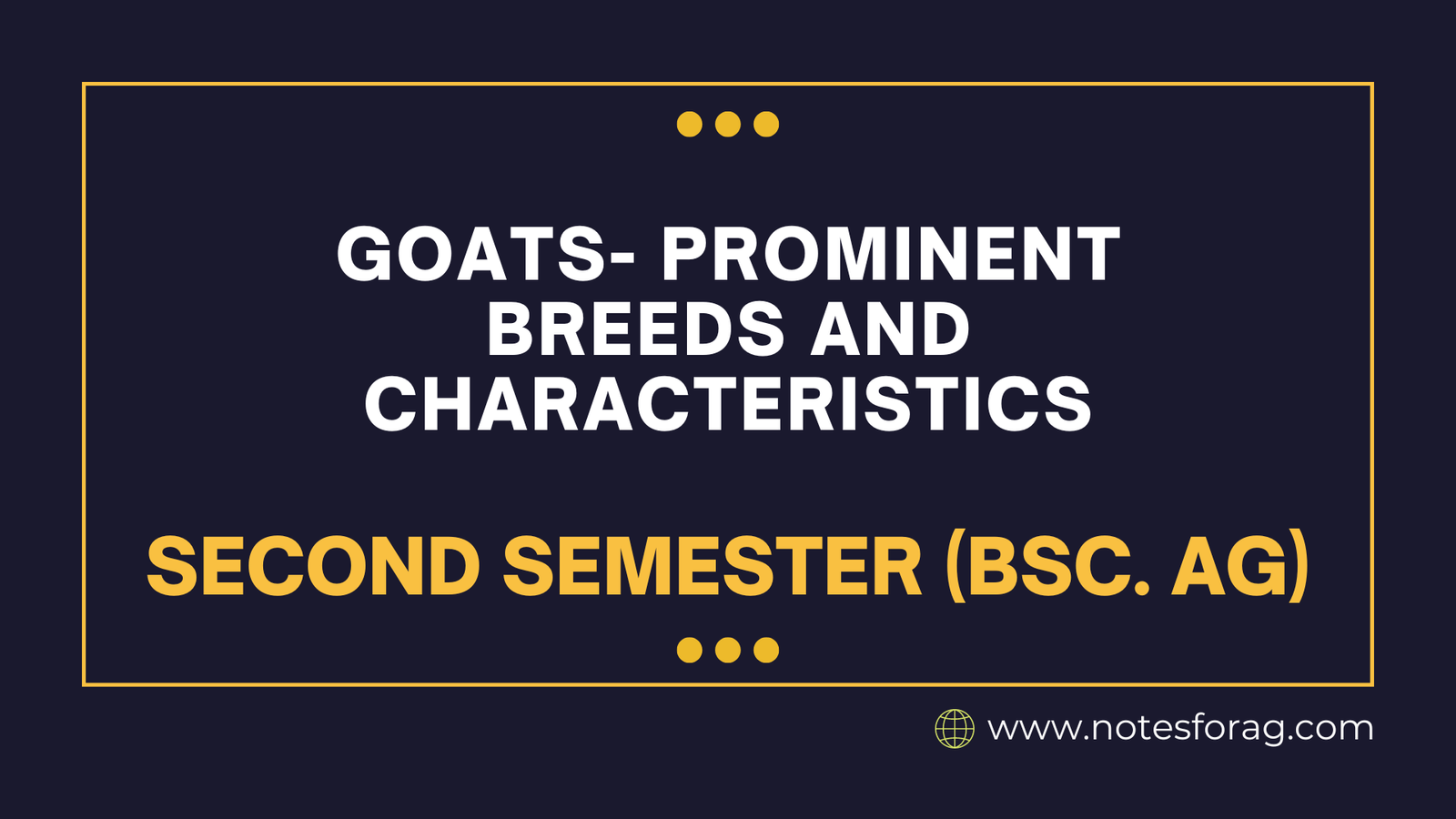Goats are multipurpose animals that are valued for their adaptability and range of applications, such as the production of milk, meat, fiber, and skin. Famous meat breeds like Boer and Kiko are valued for their quick growth and excellent meat, while dairy breeds like Saanen and Nubian excel in milk yield and quality. The opulent wool of species such as Cashmere and Angora is highly prized. Goats are indispensable in many agricultural systems across the world because of their distinctive traits, which provide high-quality products and sustainable farming practices.
Table of Contents
Introduction to Goats Breed
Goats come in several well-known breeds, each with distinctive qualities. The Alpine goat is renowned for producing a lot of milk and for being climate-adaptable. The Boer goat is mostly bred for meat, as evidenced by its muscular form. Goats from Nubia are prized for their rich, high-butterfat milk; they have long ears and Roman noses. Said to be the “Holsteins of the goat world,” Saanen goats are highly valued for their abundant milk production and kind disposition. And last, the Angora goat is a great option for producing fiber because of its glossy mohair fiber. Goats are useful livestock for a range of agricultural requirements, with each breed offering unique advantages.
With a history spanning more than 10,000 years, goats are among the oldest domesticated animals. Goats are prized for their adaptability and versatility, and they have contributed much to both agriculture and human civilization. They are crucial to many societies across the world because they have produced vital commodities including milk, meat, fiber, and hides throughout history.
Prominent Breeds and Characteristics
When it comes to dairy goat breeds, several stand out for their exceptional milk production and unique characteristics.
1. Alpine Goat:

- Characteristics: Known for high milk production and adaptability to various climates. They have a straight profile and erect ears.
- Usage: Primarily used for dairy.
2. Boer Goat:
- Characteristics: Recognized for their muscular build and fast growth rate. They have a white body with a red head and are well-suited for meat production.
- Usage: Primarily used for meat.
3. Nubian Goat:
- Characteristics: Notable for their long ears and Roman nose, they produce rich, high-butterfat milk. They are also known for their vocal nature.
- Usage: Used for both dairy and meat, with a focus on dairy.
4. Saanen Goat:

- Characteristics: Distinguished by their high milk production and gentle temperament. They have a white or cream coat and are large in size.
- Usage: Primarily used for dairy.
5. Angora Goat:
- Characteristics: Famous for their long, lustrous mohair fiber. They are smaller than other breeds and have a docile nature.
- Usage: Primarily used for fiber production
6. Toggenburg Goat:
- Characteristics: Known for their medium size, high milk production, and distinctive brown coat with white facial stripes. They are hardy and adapt well to different environments.
- Usage: Primarily used for dairy.
7. LaMancha Goat:
- Characteristics: Recognizable by their very short ears, they are known for their high milk production and friendly, calm temperament. They are also quite hardy and adaptable.
- Usage: Primarily used for dairy.
For both meat and fiber goats, proper care and management techniques are essential. Maintaining their health and optimizing their output requires proper nourishment, routine checkups, and suitable shelter. Comprehending the distinct requirements of every breed guarantees ideal development and superior grade of fiber, so augmenting the general triumph of goat farming undertakings.
Frequently Asked Question(FAQ)
What are the main uses of Alpine goats?
Dairy production is the main usage for alpine goats because of their high milk supply and climate adaptation.
Why are Boer goats popular for meat production?
Boer goats are widely used for meat production due to their high-quality meat, rapid growth, and muscular physique.
Related Articles

